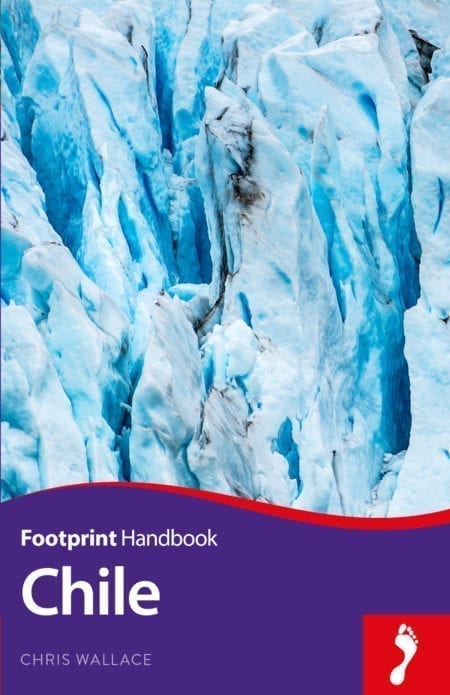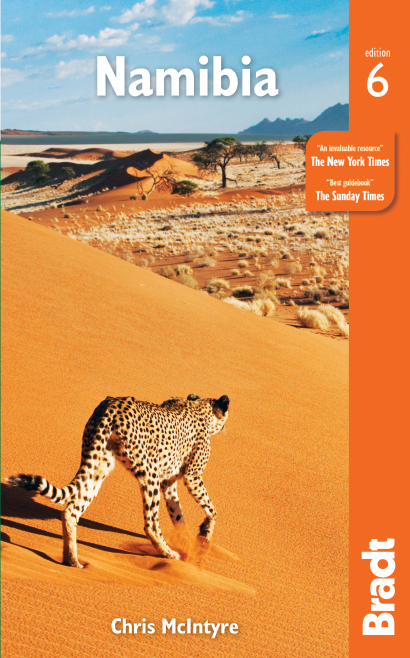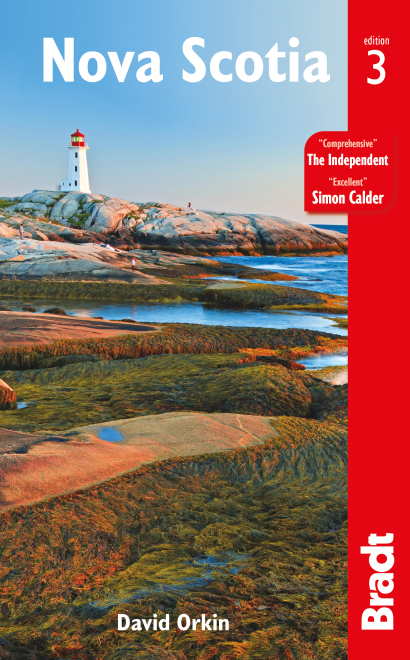The immensity of the universe is never more apparent than when looking at the night sky. Glance up on a clear night anywhere in the world and you’ll usually be able to make out a few pinpricks of light in a galaxy far, far away. But sadly in the modern world, light pollution can get in the way of the thousands upon thousands of twinkling bulbs that should otherwise be visible to the naked eye. So attention budding astronomers and night-dreamers: here is our pick of the world’s best stargazing spots.
Exmoor National Park, UK
Exmoor is rightly proud of being Europe’s first International Dark Sky Reserve. It has taken a combined effort to achieve this, with the national park, two county councils and Exmoor land owners working together to reduce light pollution.
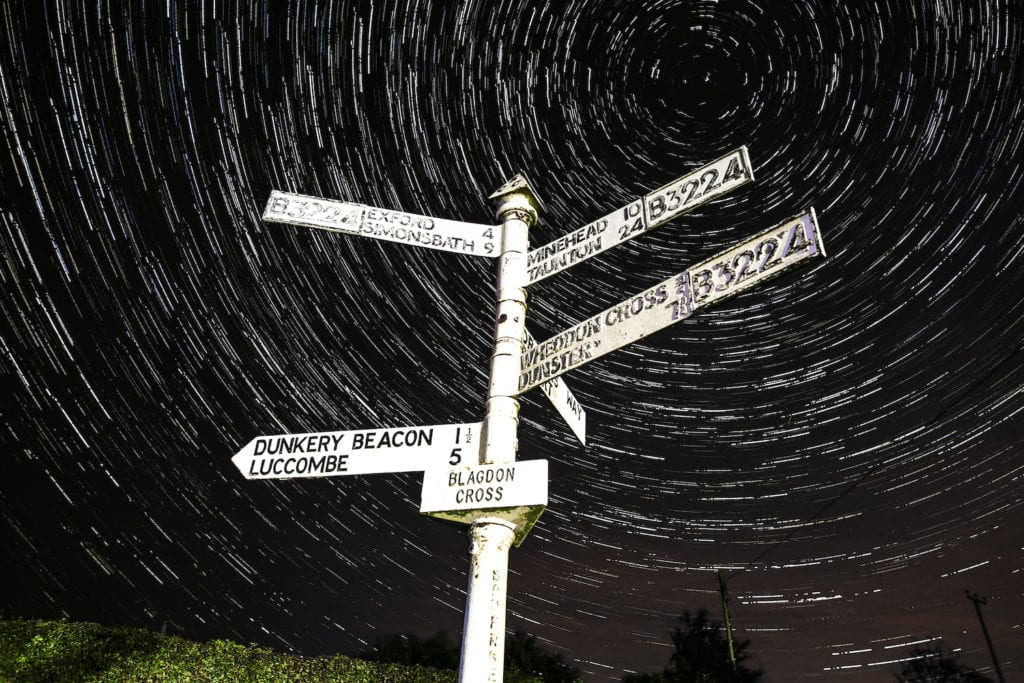
The park also organises an annual Dark Skies Festival, held over two weeks in October, with events such as stargazing evenings, guided night walks, specialist talks and even a family astro party.
NamibRand Nature Reserve, Namibia
Covering about 2,100km2, an area almost the same size as Luxembourg, the NamibRand Nature Reserve is one of the largest private reserves in Africa, not just Namibia. Lying south of Sesriem, it borders on to the main Namib-Naukluft National Park in the west, a boundary of about 100km, and in the east its extent is generally defined by the Nubib Mountains. It was the first such reserve to be granted ‘Gold Tier’ status by the International Dark-Sky Association when they formed in 1988.
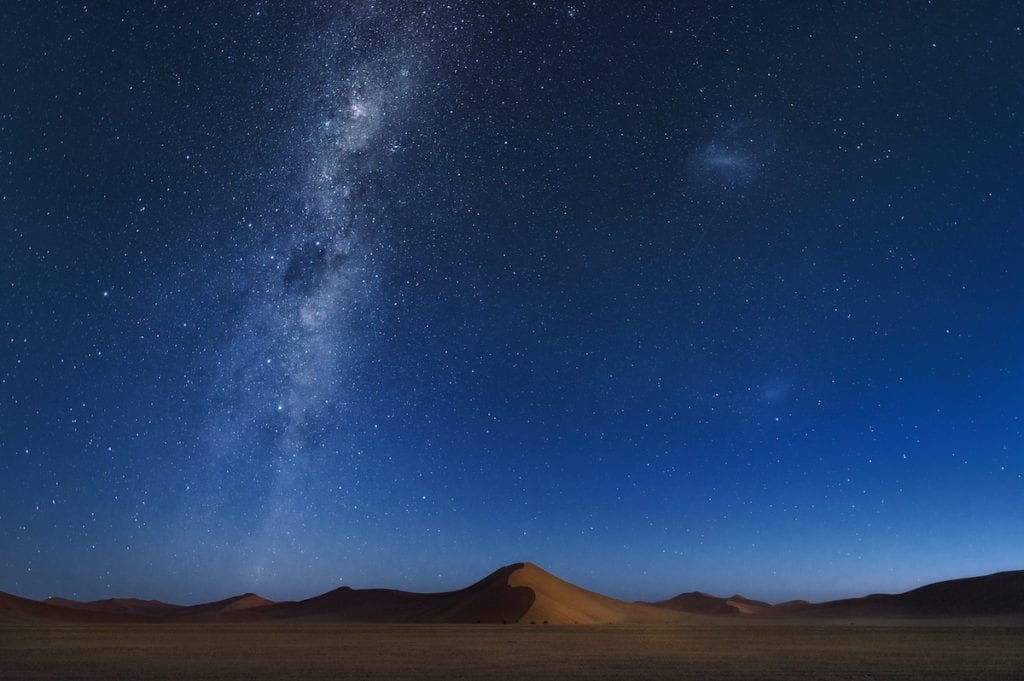
If you’re looking for somewhere to enjoy these phenomenal skies, Sossusvlei Desert Lodge may be just the ticket. Situated in the north of the reserve, this stylish modern lodge is complete with a resident astronomer, on-site observatory and a stargazing skylight above each bed.
Nova Scotia, Canada
Kejimkujik National Park is an official Dark Sky Preserve, but countless parts of the province have minimal light pollution.
Incidentally, you may remember that the protagonist in Carly Simon’s 1972 hit You’re So Vain flew to Nova Scotia to see the total eclipse of the sun (there were such eclipses in 1970 and 1972, and the most recent was in August 2017). Get an astronomy book or just look up and enjoy.
Kielder Water Forest Park, UK
Come nightfall, much of Northumberland is bathed in pitch-black skies owing to the remoteness of the region and large expanses of uninhabited forests, hills and moorland. Both Northumberland National Park and Kielder Water Forest Park were awarded ‘Gold Tier’ status in 2013 by the International Dark Skies Association.
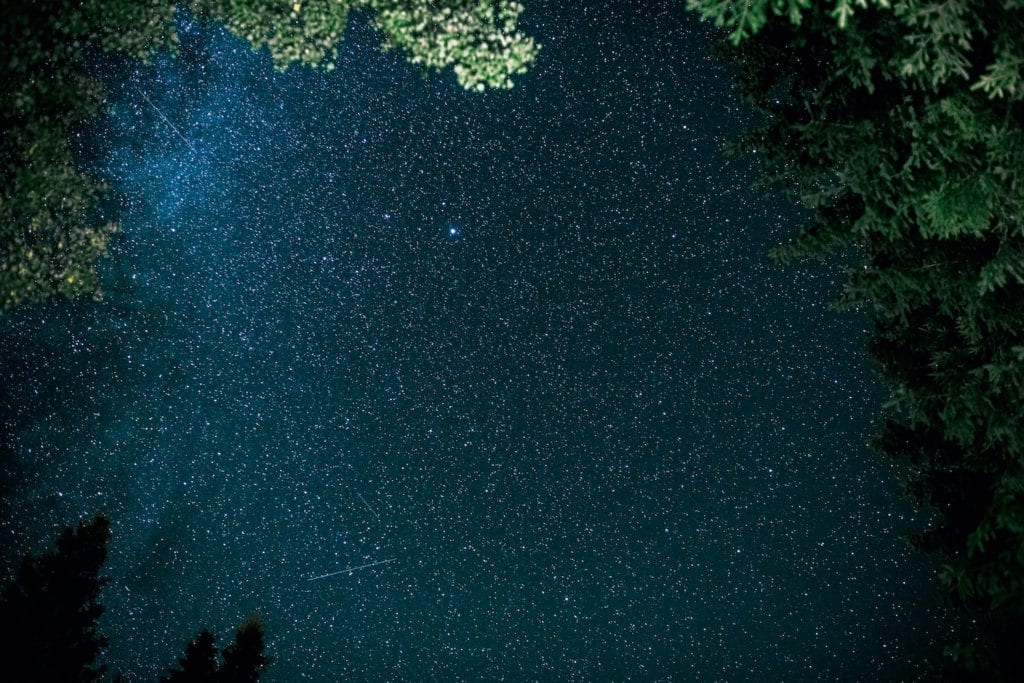
The county shares the accolade with the likes of Death Valley in North America and is the only Dark Sky Park to do so in England. Within the new zone, which covers 572 square miles of Northumberland, the Cheviot valleys and hills offer some of the best spots for star gazing.
Galloway Forest Park, UK
Established in 1947, at 300 square miles Galloway Forest Park in Dumfries & Galloway is Britain’s largest. The park has a particular reputation as the first Dark Sky Park in the UK. Galloway has some of the darkest skies in Europe with a resident population so small that light pollution is minimal.
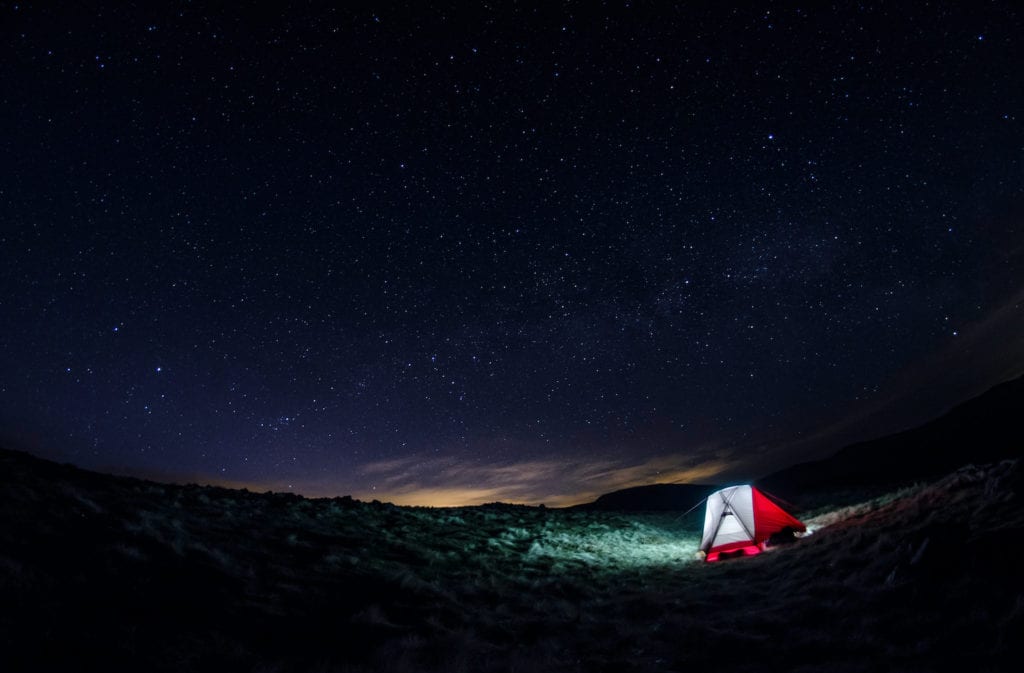
Over 7,000 stars and planets are visible with the naked eye from here and the nightly show changes constantly as the seasons pass.
As of 2016, this area of Scotland also lays claim to the UK’s first Dark Sky Town – Moffat. Having adapted its street lighting to reduce light pollution, the Moffat Astronomy Club welcomes visitors to stargaze in their new observatory. There are also three fixed telescope piers around the town.
Zselic National Landscape Protection Area, Hungary
Although established as a protection area in 1976, the Zselic Starry Sky Park was recognised by the International Dark Sky Association in 2009. Encompassing over 9000 hectares of land, the project worked closely with surrounding municipalities and the Lighting Society of Hungary to help minimise light pollution in the area.
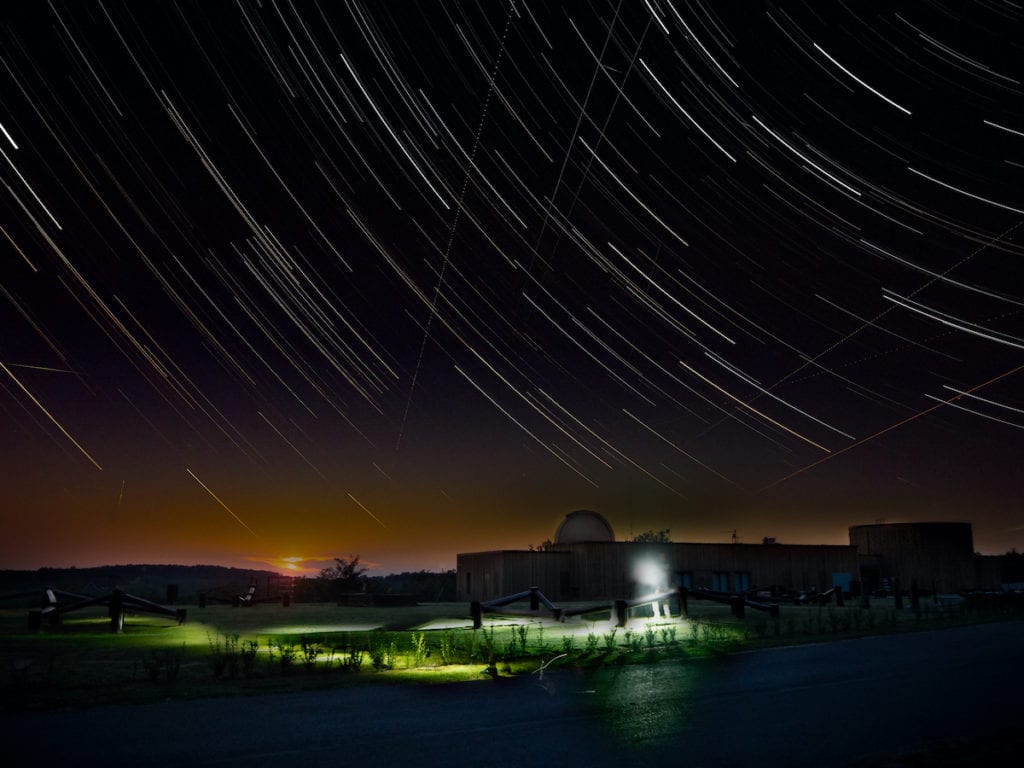
This is one of the best places with close to unaltered dark night skies in Hungary. On clear nights, the Triangulum Galaxy can be seen with the naked eye and the zodiacal light is often visible in spring and autumn.
Elqui Valley and the Atacama Desert, Chile
With its large expanses of uninhabited desert and its dry, relatively thin atmosphere, northern Chile has become one of the great astronomical centres of the world. Indeed, the International Dark Sky Association declared Elqui Valley the world’s first International Dark Sky Sanctuary in 2015, arguing that few places in the world provide a better opportunity to enjoy the starry heavens.
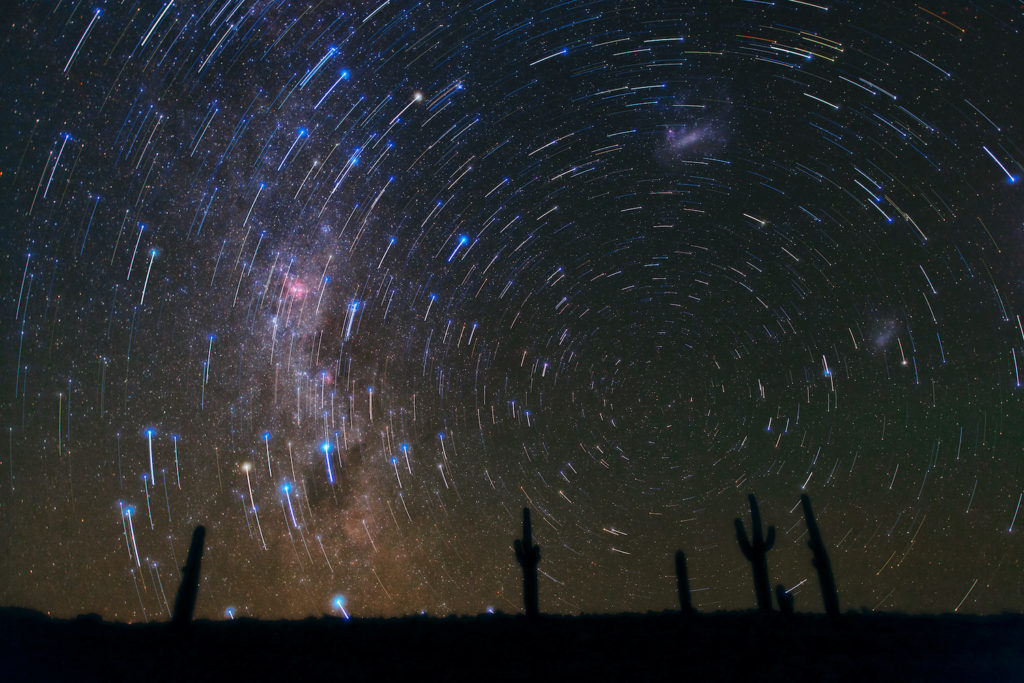
Astronomy in northern Chile is not confined to the Elqui Valley, however. High in the coastal cordillera, 120km south of the city of Antofagasta, is Cerro Paranal. This site was chosen as 350 clear nights a year were guaranteed. Known as the VLT (‘very large telescope’), the capabilities of this observatory are spectacular – the telescopes are able to pick out items on the moon as small as 1 metre long.
More information
Explore the world’s best stargazing spots with our guides:
